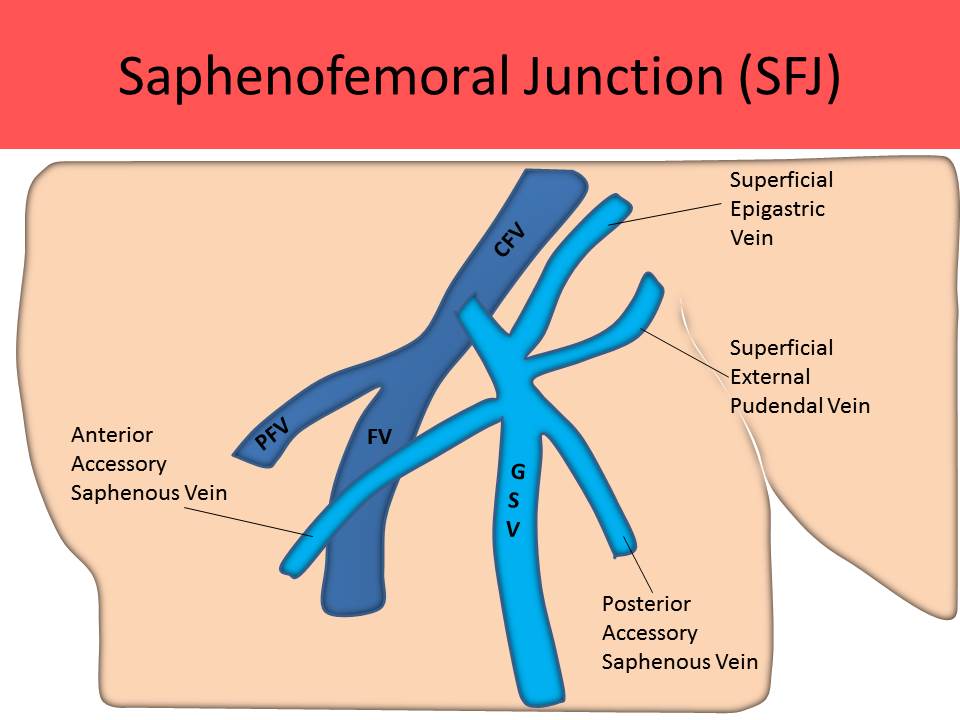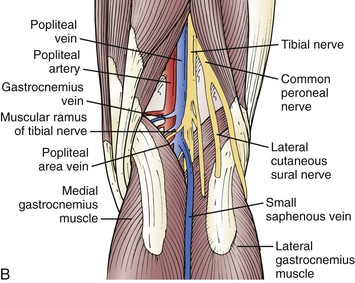

CNS Central nervous system DM Diabetes mellitus IHD Ischemic heart disease NA Not applicable

Patients with distal DVTs were categorized into three groups as shown in Table 1: group 1, patients who received no treatment group 2, patients who received subcutaneous enoxaparin (Clexane Sanofi-aventis, France) 1 mg/kg twice a day for two weeks and group 3, patients who received oral war-farin for three months with initial overlap of subcutaneous enoxaparin (Clexane) 1 mg/kg twice a day for three to five days until the prothrombin time international normalized ratio was between 2 and 3.ĭata presented as n (%) unless otherwise indicated. Those who had symptomatic, distal DVT with proximal extension or pulmonary embolism (PE) on presentation, a history of DVT, or those on anticoagulation for any other reason before detection of distal DVT on the first scan were excluded from the present study. Only patients with a diagnosis of symptomatic, distal DVT were included in the present study. The thrombus was defined as completely resolved when the follow-up scan was normal and partially resolved if the thrombus was smaller but still present no resolution was defined as persistence of the thrombus, and progression occurred if the thrombus showed extension. The diagnosis of calf DVT was based on findings of compression of the intraluminal thrombus by duplex scan performed at the vascular diagnostic laboratory of Tan Tock Seng Hospital. A retrospective analysis of the data for demographic features, management and outcome was performed. Medical records from Tan Tock Seng Hospital, Singapore, from January 1, 2006, to December 31, 2007, identified all patients discharged with a diagnosis of distal DVT. The 18 patients who did not receive anticoagulation received follow-up with regular duplex scan. Once the prothrombin time international normalized ratio of a patient on warfarin was between 2 and 3, enoxaparin was discontinued. Of the 17 patients who were treated with anticoagulation, nine patients (13 incidences of distal DVT) received enoxaparin at a dose of 1 mg/kg twice a day for two weeks and eight patients (12 incidences of distal DVT) received warfarin for a period of three months with initial overlap of enoxaparin 1 mg/kg twice a day for three to five days. Of the 35 patients available for follow-up scans, 17 patients (25 incidences of distal DVT) received anticoagulation and 18 patients (22 incidences of distal DVT) received no anticoagulation. However, the secondary analysis was available in all 51 patients. The follow-up scan was available in 35 patients therefore, the primary analysis was performed in 35 patients (47 incidences of distal DVT). In total, 51 patients were included for analysis. The study included 68 patients with distal DVT however, 17 patients with PE, two of whom had proximal DVT (in the iliac and common femoral veins) at the first presentation along with distal DVT, were excluded from the study. Secondary outcome measures were complete improvement of symptoms, progression of thrombosis, or PE or death during the follow-up period. Repeat follow-up scans were performed at two weeks, one month, three months and six months, or on subsequent follow-up until the distal DVT had resolved completely. Excluded were patients who either had both distal and proximal DVT, or had distal DVT along with pulmonary embolism (PE) at presentation.Ĭomplete resolution of distal DVT on repeat duplex scan was used to measure the primary outcome.

Compression of the intraluminal thrombus by duplex scan was used to diagnose distal DVT. All patients discharged with a diagnosis of distal DVT from Tan Tock Seng Hospital, Singapore, between January 1, 2006, and December 31, 2007, were identified by the medical records office of the hospital.


 0 kommentar(er)
0 kommentar(er)
